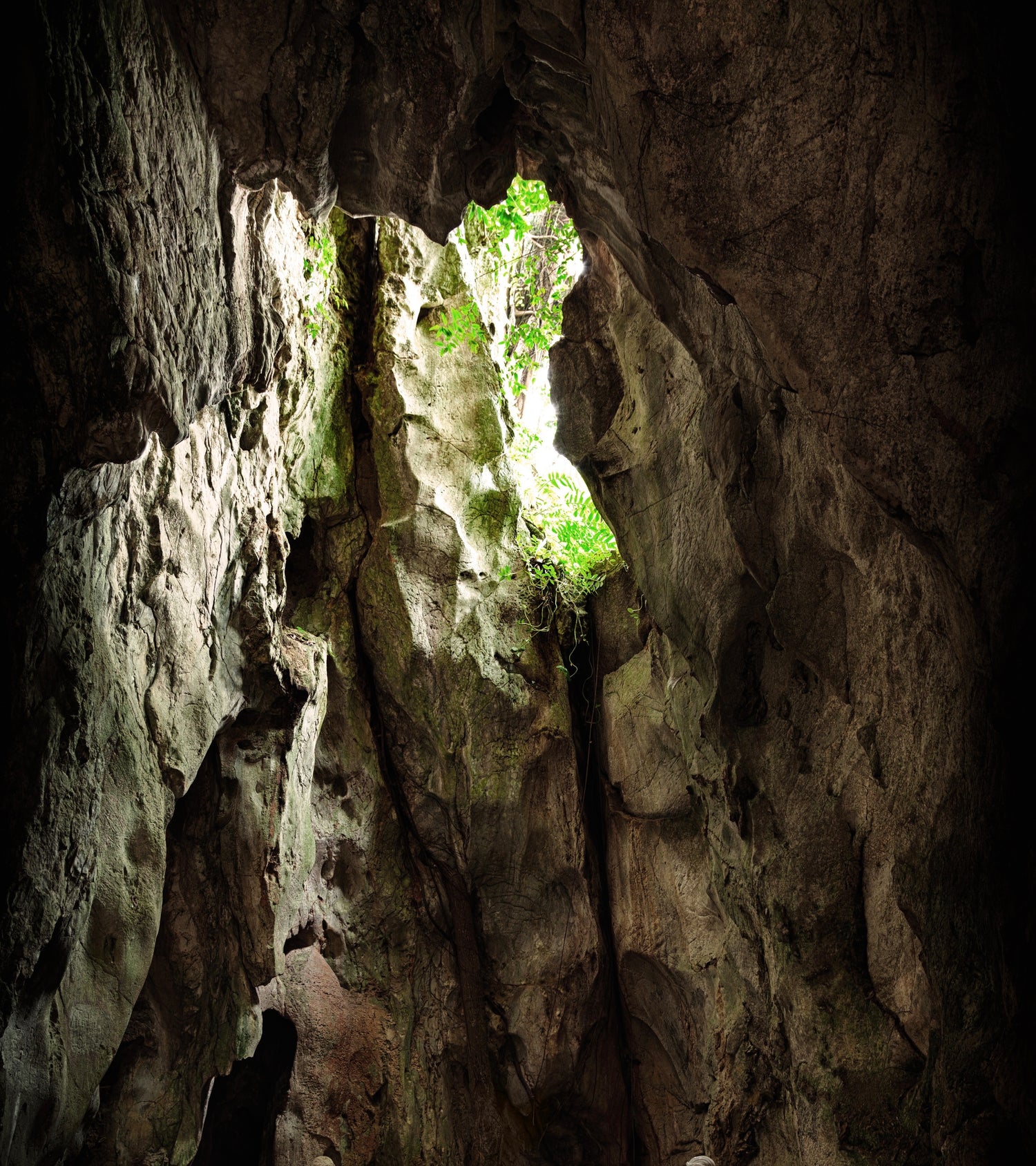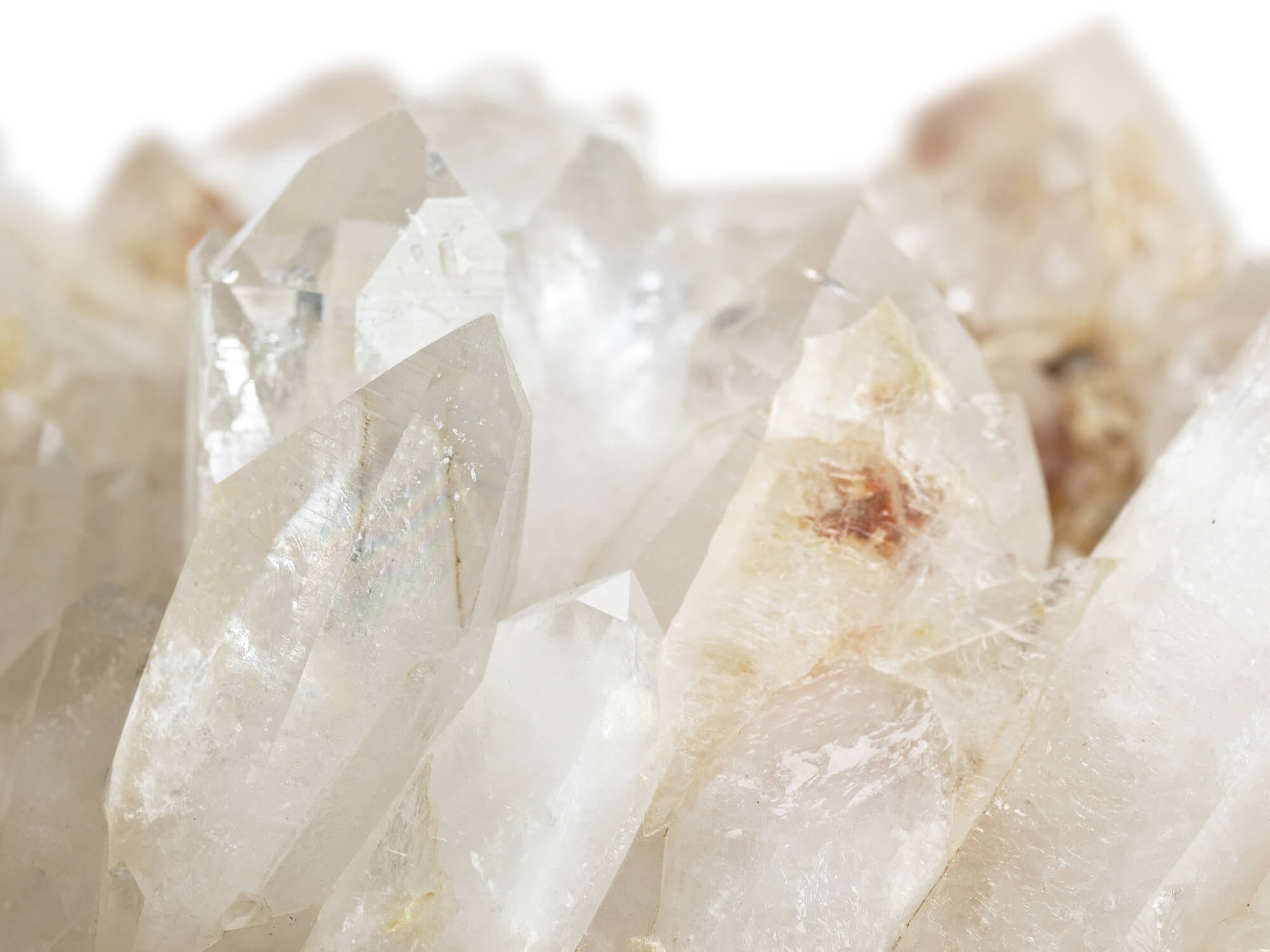
HOW THEY FORMED
Over millions of years, amidst the profound internal changes in pressure within our planet, the formation of quartz unfolded within the bedrock of the Earth's Crust layer. This intricate process involved the flow, cooling, and solidification of magma. Amethysts originated from a fusion of elements, primarily silica-rich minerals infused with a touch of ferric iron. The presence of a suitable surface, radiation, and precise temperature were crucial factors in this transformative journey. As pressure propelled these chemical components upward, they encountered oxygen, which converted the mixture into silicon dioxide, the fundamental chemical base for quartz, the host of purple amethysts.
Within boiling magma and enclosed by igneous rocks known as basalt, pockets of gas emerged, subsequently solidifying to form hollow cavities that ascended upwards. These sacs transformed into igneous geodes as the flowing magma transitioned into flowing lava. The presence of bedrock abundant in various minerals and the supply of cooling, mineral-rich water seeping through minuscule cavities within the geode walls were paramount to the process. When all the necessary factors aligned harmoniously, crystals emerged, sprouting into majestic peaks from the outer layer of the geode, extending inward towards the hollow center. Scientists posit that sedimentary geodes formed and hardened around a host object, such as a tree trunk or a shell. As the carbonaceous organic materials decomposed, the cavity became infused with silica-rich fluids, giving rise to the birth of amethyst crystals.
These exquisite occurrences, where all the elements intertwined in rare harmony, took place within limited areas of our planet. In the deepest recesses of the Earth during the Cretaceous Inferior Period, some geodes evolved into breathtaking formations of fossilized minerals, unveiling brilliant crystals known as amethysts.

